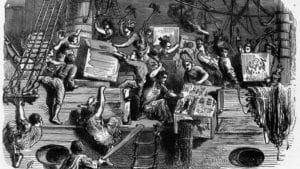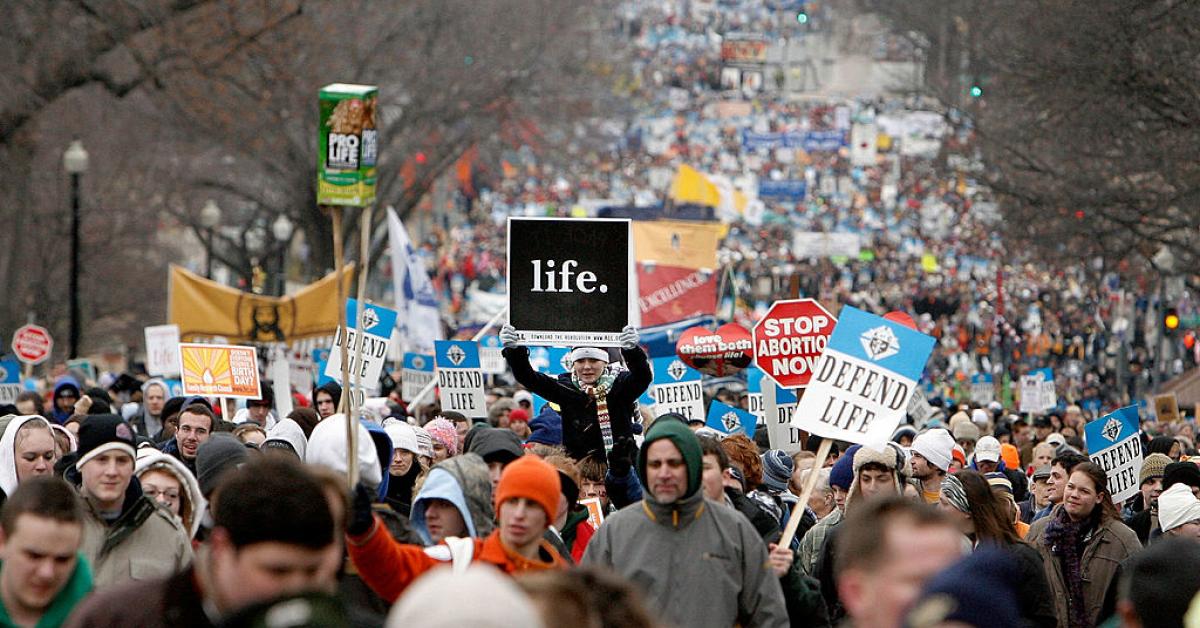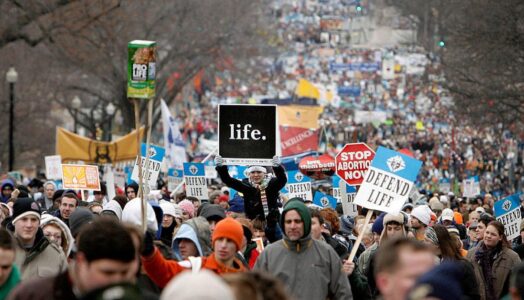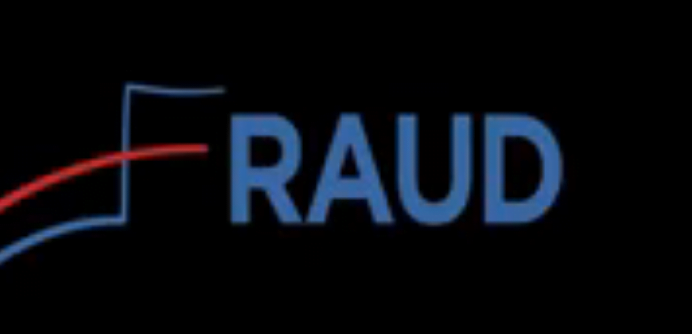A non-violent gathering of citizens meeting together and expressing themselves in a legitimate show of self-government. Protesting is mentioned in the Constitution (1st Amendment) as “the right of the people peaceably to assemble“, and as such, protesting is a constitutional responsibility driven by moral imperatives. The Founding Fathers recognized the importance of protesting and promoted and participated in the practice often, most notably at “Tea Party” events such as the Boston Tea Party. Protests were also frequent around Boston’s famous Liberty Tree.[1]
The media typically blur the distinctions between a protest and a mob riot.
Protest movements have had a long history in the United States. When a group of people feels they are being marginalized, sometimes they will gather in a show of numbers. Parades, rallies, and speeches are the usual forum, but sometimes protests transform into violent riots and hooliganism. One of the earliest and most famous protests in American history was the Boston Tea Party, a protest against British-imposed tax laws known as the Townshend Acts. After the colonists learned of Parliament’s plan to impose a tea tax, signers of the Declaration of Independence Samuel Adams and Benjamin Rush promoted the gathering of like-minded citizens in protest against the landing of the tea. Rush wrote:
- By the last accounts from Britain we are informed that vessels were freighted to bring over a quantity of tea taxed with a duty to raise a revenue from America. Should it be landed, it is to be feared it will find its way amongst us. Then farewell American Liberty! We are undone forever. All the images we can borrow from everything terrible in nature are too faint to describe the horror of our situation. But I rely too much upon that virtue which has hitherto distinguished my countrymen to cherish a thought that this will be the case. Let us with one heart and hand oppose the landing of it.[2]
Rush would then say that the tea represented something worse than death, “the seeds of Slavery”. After the American Revolution, protesting became enshrined in 1789 as one of five protections enumerated in the First Amendment. The full text is as follows:
- Congress shall make no law respecting an establishment of religion, or prohibiting the free exercise thereof; or abridging the freedom of speech, or of the press; or the right of the people peaceably to assemble, and to petition the government for a redress of grievances.
After the conclusion of the American Revolution, protests did not cease to be distinctly American. Protesting wasn’t just an act against the king. After the passage of the highly unpopular Alien and Sedition Acts, protests occurred across the country,[4] with some of the largest being seen in Kentucky, where the crowds were so large they filled the streets and the entire town square.[5]
In more recent American and world history, protests have become a favorite tactic of liberals and revolutionaries, which are usually riots and not protests. A frequent pattern is to announce a “peaceful” protest and then provoke the authorities into using a degree of force which appears excessive. This tactic worked well at Kent State, where after student rioting and an alleged sniper attack, members of the Ohio National Guard opened fire on unarmed students, killing four and wounding nine others. In several cases, liberals and revolutionaries often used the term “protest” to refer to what would be better described as riots, and during at least the 1960s also mistook that for “free speech” and a demonstration of unpopularity for something, to the extent that several anti-war protestors assumed that North Vietnam having no protests meant that the North Vietnamese government was actually “popular” among the people of North Vietnam (when in reality, if the people attempted to speak out against the North Vietnam Communist regime, they would have been killed).
For decades, peaceful Pro-life activists have gathered to protest unfair policies with great success. In 1979, when the odds seemed inevitable and ratification of the Equal Rights Amendment looked to only be a matter of time, Phyllis Schlafly organized a movement that worked very hard at the grassroots level to overcome and ultimately stop the ERA. At one point, over 30 states ratified and 2/3ds of the Senate had already approved the amendment. Schlafly didn’t have the help of the Republican Party, she didn’t have a conservative media that could be relied on, and she had a majority around her that preferred to be silent than be involved. And yet even with all of these odds stacked against victory, she still won anyways.
Additionally, activists have gathered every year at the National Mall to protest the unconstitutional “passage” of the “abortion law” Roe v. Wade by the Supreme Court, which is not a legislature. Every year the March for Life grows bigger.
In the early years of the Presidency of Barack Obama, conservative activists showed up in huge numbers to shut down D.C. for protests during the Tea Party Movement
Protesting offers conservatives a simple and effective way to engage with culture. Far too often, Big tech organizations engage in censorship, Big Journalism omits stories that conservatives are interested in, and Republican legislators sometimes get squishy at the effective use of media push polling. To combat this, an issue can be highlighted by the arrival and blockade of several city blocks by peaceful conservatives seeking a redress for grievances, while at the same time this unplanned exposure to an issue challenges the media’s ability to drive a narrative. Examples of this include the protest in Virginia for Second Amendment rights in January, 2020, and the Tea Party Protests from 2009-2012.
Source: Conservapedia
Chronological History of Protests
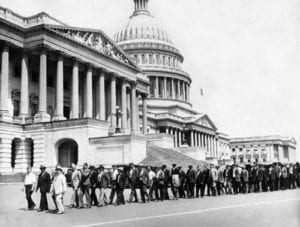
Bonus Marchers Evicted by U.S. Army Under President Hoover’s Order

Peak of the Luddite Rebellion
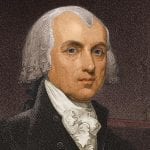
James Madison’s Speech to the First Congress Proposing Twenty Amendments to the United States Constitution

Seizure of Fort William & Mary at Newcastle
